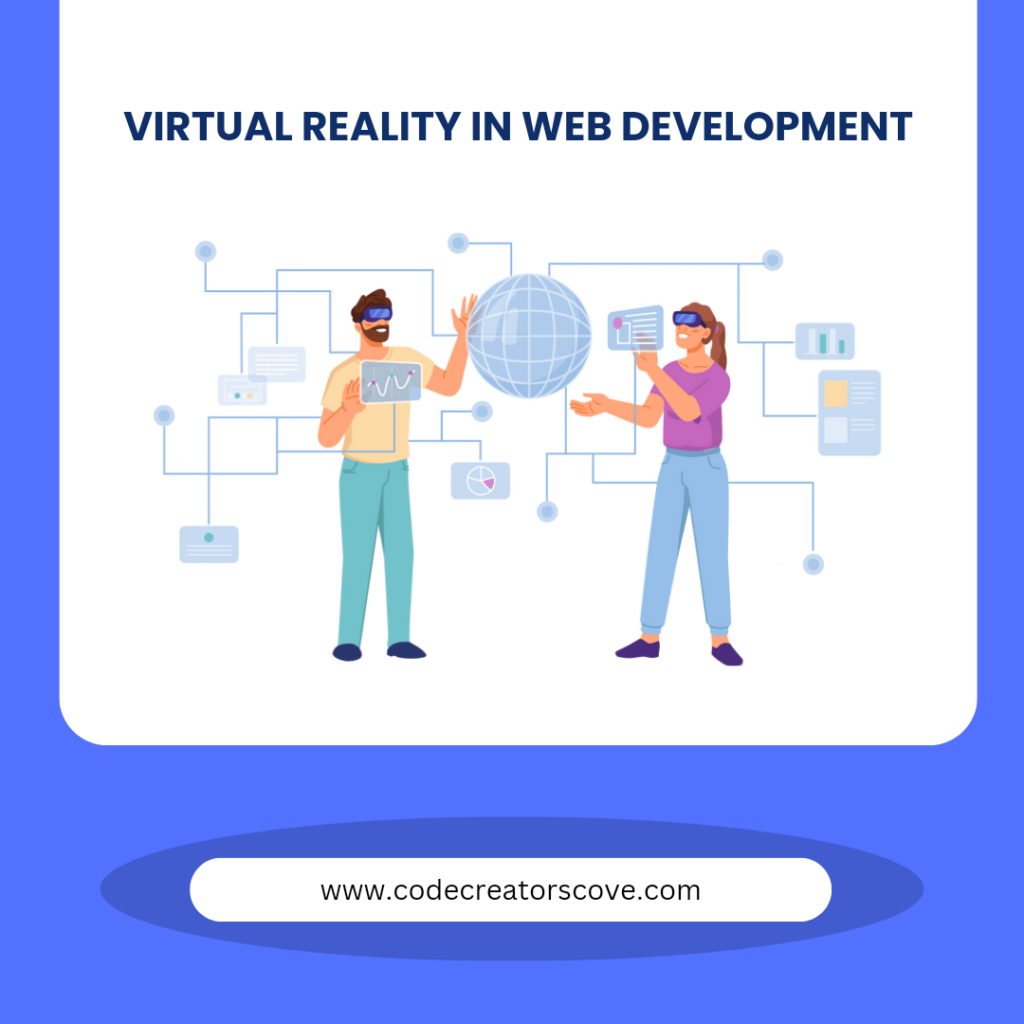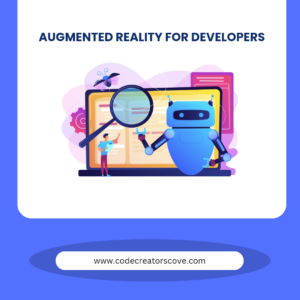Virtual Reality (VR) is transforming the digital landscape, and web development is no exception. Once confined to the realms of gaming and entertainment, VR is now making significant inroads into web development. This article will explore the integration of VR in web development, its benefits, tools, and future prospects.
What is Virtual Reality?
Virtual Reality is an immersive technology that simulates a user’s physical presence in a virtual environment. By wearing a VR headset, users can interact with 3D worlds as if they were real, offering experiences that are not possible with traditional interfaces.
The Intersection of VR and Web Development
Web development has traditionally been about creating websites and web applications. However, with VR, developers can create immersive web experiences. Imagine shopping online and virtually walking through a store, or attending a virtual conference from the comfort of your home. These experiences are now possible thanks to advancements in VR technology.
Benefits of Integrating VR in Web Development
Incorporating VR into web development offers numerous advantages, making websites more engaging and effective.
1. Enhanced User Engagement: VR offers an immersive experience that significantly increases user engagement. Users are more likely to spend time on a website that offers a unique and interactive experience.
2. Improved Learning and Training: VR can be used for educational websites to provide interactive learning experiences. For example, medical students can practice surgeries in a virtual environment.
3. Increased Accessibility: Virtual tours of real estate, museums, or historical sites make these places accessible to anyone with an internet connection, regardless of their physical location.
4. Innovative Marketing: Brands can create memorable marketing campaigns by integrating VR into their websites. Virtual product demonstrations or interactive ads can leave a lasting impression on users.
Tools and Technologies for VR Web Development
Several tools and technologies can help developers integrate VR into their web projects, providing a range of functionalities and features.
1. WebXR: WebXR is a standard API that enables VR and AR experiences on web browsers. It allows developers to create immersive content that can be accessed through various devices, including VR headsets and smartphones.
2. A-Frame: A-Frame is an open-source web framework for building VR experiences. It is built on top of HTML and allows developers to create 3D scenes using simple HTML tags.
3. Three.js: Three.js is a JavaScript library that makes it easy to create and display animated 3D computer graphics on a web browser. It is often used in conjunction with WebXR for VR projects.
4. React 360: React 360 is a library from Facebook that lets developers create interactive 360-degree experiences. It leverages React’s component-based architecture to build VR applications.
Challenges and Considerations
While the integration of VR in web development offers numerous benefits, it also comes with challenges that developers must address.
1. Performance: VR applications require significant processing power. Ensuring smooth performance on various devices, especially mobile phones, can be challenging.
2. User Experience: Designing intuitive and user-friendly VR interfaces is crucial. Users should be able to navigate and interact with the virtual environment without feeling overwhelmed or disoriented.
3. Accessibility: Not all users have access to VR headsets or compatible devices. Developers should consider fallback options to ensure a good experience for all users.
4. Content Creation: Creating high-quality VR content can be time-consuming and require specialized skills. Developers need to invest in tools and training to produce compelling VR experiences.
The Future of VR in Web Development
The future of VR in web development looks promising, with continuous advancements driving more widespread adoption.
As technology advances, we can expect VR to become more accessible and integrated into our daily lives. Web developers will play a crucial role in shaping these experiences, creating virtual environments that are as common as traditional websites today.
Conclusion
Virtual Reality is revolutionizing web development by offering immersive and interactive experiences. From enhancing user engagement to providing innovative marketing solutions, the benefits are vast. While there are challenges to overcome, the future of VR in web development is bright. By staying informed and embracing new tools and technologies, developers can harness the power of VR to create the next generation of web experiences.

